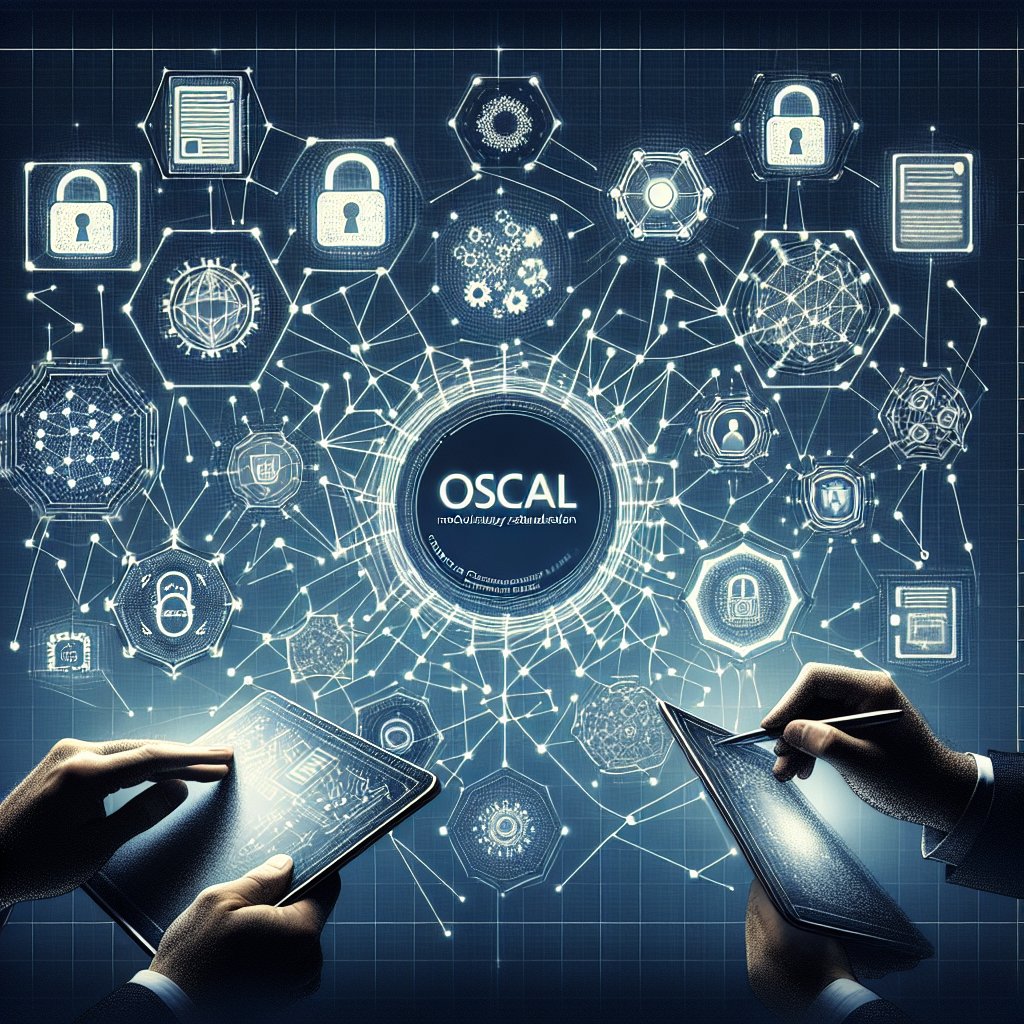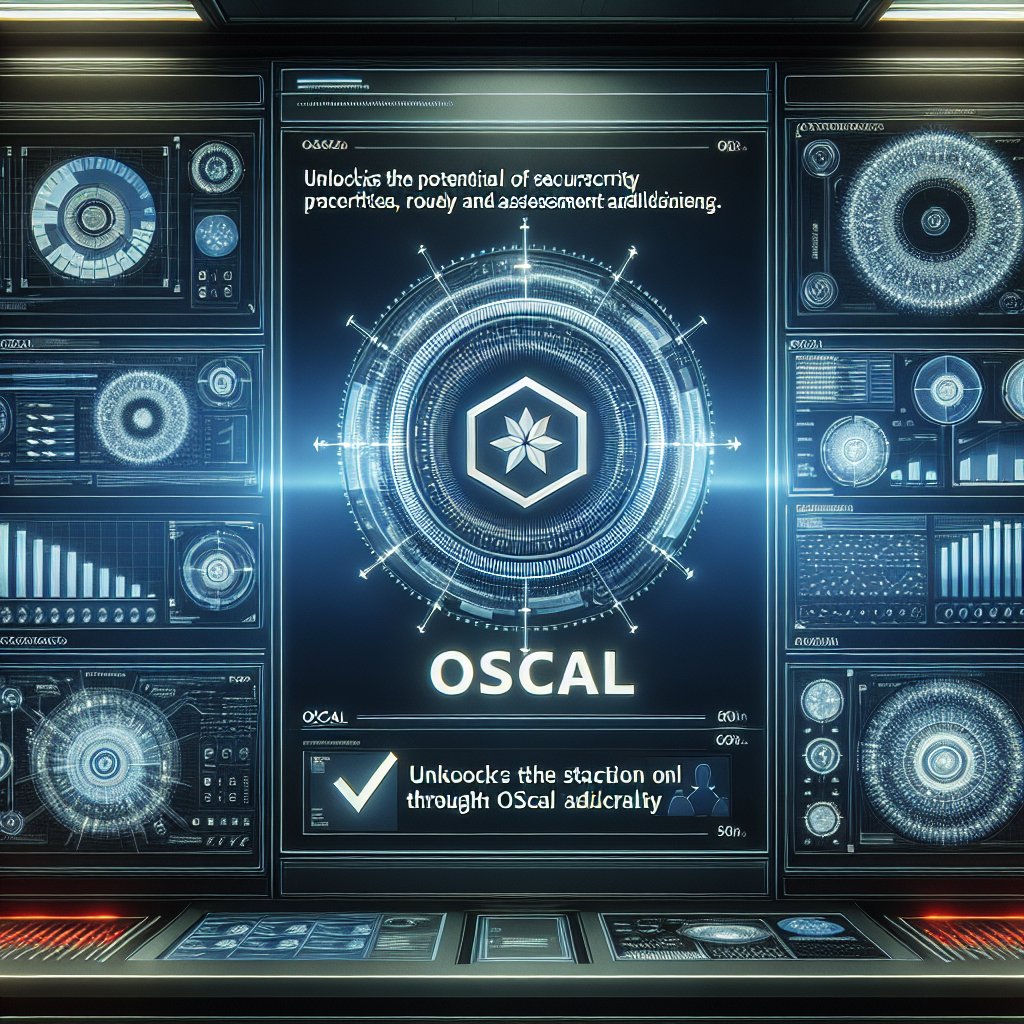Unraveling OSCAL: The Key to Revolutionizing Cybersecurity Practices
Understanding OSCAL: Revolutionizing Cybersecurity Practices
When it comes to cybersecurity, staying ahead of the game is vital. One innovative initiative that’s been making waves is the Open Security Controls Assessment Language (OSCAL). This promising development is set to reshape the way we approach cybersecurity. Let’s dive into the basics of OSCAL and explore its significance in revolutionizing cybersecurity practices.

What is OSCAL?
OSCAL stands for the Open Security Controls Assessment Language. It is a standardized format used for expressing security controls across different information security tools and platforms. OSCAL aims to streamline and harmonize the way security information is conveyed, making it easier for organizations to assess and improve their cybersecurity posture.
Key Components of OSCAL
The Open Cybersecurity Authorization Language (OSCAL) framework comprises several main elements that are essential for its effectiveness. These elements include formats, profiles, and other key components. The formats within OSCAL ensure consistency and compatibility across different tools and systems.

Exploring the Advantages of OSCAL in Cybersecurity Practices
OSCAL, or the Open Security Controls Assessment Language, offers numerous benefits for cybersecurity practices and assessments. As a standardized security language, OSCAL provides a common framework for expressing security and privacy controls. This simplifies the implementation of controls across different systems and supports interoperability between tools and platforms.
By using OSCAL, cybersecurity professionals can streamline assessment processes, facilitate automation, and enhance the overall effectiveness of security controls. The standardized format of OSCAL enables organizations to efficiently manage and analyze security controls, leading to improved security posture and enhanced protection against cyber threats.
Implementation of OSCAL
Organizations can effectively implement OSCAL into their security processes by leveraging its standardized format for security controls, assessment procedures, and control baselines. This ensures consistency and interoperability across systems.

5. OSCAL Tools and Resources
When it comes to working with OSCAL, there are several valuable tools and resources that practitioners can utilize to streamline their cybersecurity practices. Some of the most useful resources include:
- OSCAL GitHub Repository
- NIST OSCAL Website
- OSCAL Schematron
- OSCAL Profiles and Implementations Guidance
OSCAL in Compliance and Auditing
When it comes to cybersecurity, compliance and auditing processes are crucial. OSCAL not only supports but revolutionizes these efforts, making them more efficient and effective.

Addressing Potential Obstacles: Tackling Challenges and Limitations
While implementing OSCAL can revolutionize cybersecurity practices, users may encounter obstacles such as a learning curve, compatibility issues, and adjusting to new processes. Understanding and addressing these challenges is crucial for successful implementation.
Predicting Future Trends of OSCAL in Cybersecurity
As OSCAL continues to gain momentum in the cybersecurity realm, future developments are anticipated to focus on enhancing interoperability, expanding its scope to cover additional security control domains, and integrating advanced automation capabilities to streamline security compliance processes.
Conclusion: Enhancing Cybersecurity Measures with OSCAL
OSCAL plays a critical role in revolutionizing cybersecurity practices by providing a standardized way to express security and compliance requirements. Its significance in enhancing cybersecurity measures cannot be overstated, as it allows for more efficient, interoperable, and consistent security automation.


